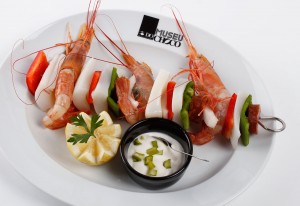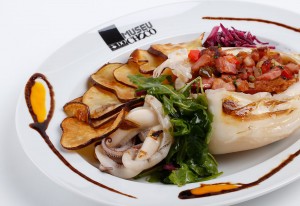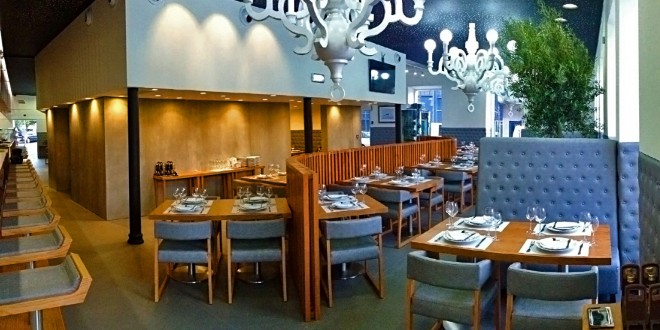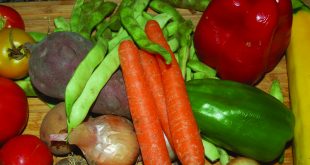Museum of Cuttlefish
It is impossible to think about cuttlefish without immediately conjuring up the city of Setúbal.

Every region has its own particular gastronomy and Setúbal is no exception to that rule. Whilst Lisbon has its grilled sardines, Porto has its tripe à moda do Porto and, when thinking about cuttlefish, and especially fried cuttlefish, we think of Setúbal. However, thus far there was no place to do justice to the presence of cuttlefish in the historical, cultural and economic traditions of the region.
Located on Avenida Luísa Todi, right in the heart of Setúbal, the Museum of Cuttlefish was inaugurated in the summer of 2013 with the declared intent of raising the profile of traditional regional gastronomy into the future. Thus, in addition to a restaurant area, the facility provides free access to the museum containing sculptures, fishing implements, explanatory panels and photographs testifying to the centuries old importance of cuttlefish to the region. However, this is not the only way the Museum reflects the Setúbal history given not only its location on the dockside of this fishing town but also involving the restoration of an otherwise abandoned and run down building.
Each dish is approached within the framework of contemporary cuisine
Contrary to regular museums, this one does not contain its scope to setting out history. Here, history gets told through all of the five senses by trying any of the vast selection of cuttlefish based dishes and without ever forgetting the dish that made Setúbal known worldwide: fried cuttlefish. The secret to the success of this fish dish lies in recourse only to the freshest of cuttlefish, a detail that the Museum does not fail to take into consideration.
However, Setúbal and its Museum are not only about fried cuttlefish as there is another most traditional dish on the menu, cuttlefish bean stew. However, to start off on the right foot, there is nothing better than trying out the cuttlefish rissoles or the delicious battered pataniscas: after all, this museum is purpose dedicated to this mollusc.

Afterwards, take your pick from around a dozen different takes on cuttlefish, ranging from cuttlefish spaghetti to cuttlefish rice, cuttlefish kebabs or the classic grilled cuttlefish à lagareiro. The Museum steps beyond recreating the traditional regional gastronomy and approaches each of its dishes within the framework of contemporary culinary practices, without ever giving up on the Setúbal personality and character. The museum also does not overlook those with preferences beyond cuttlefish and serves up a range of different types of both fish and meat. We should also highlight that the average price does not stray from the average for this restaurant type with dishes coming in at a cost of around €10 apiece. Meanwhile, the service standards match those of any gourmet restaurant and quite as refined as the surrounding decoration and ambience.
In addition to the restaurant, the facility provides free access to the museum
The Setúbal region is as renowned for its gastronomy as it is for its wines and the latter facet certainly did not get forgotten by this restaurant. Correspondingly, touring the museum building, we encounter one very impressive wine cellar. And to cap it all, the restaurant serves up a range of desserts with black cuttlefish a particular highlight, dark chocolate moulded into the a cuttlefish shape.
TM: 937360061
www.museudochoco.pt
www.facebook.com/museudochoco
Return journey from Lisbon to Setúbal: 12,03 kg CO 2
 Eco123 Revista da Economia e Ecologia
Eco123 Revista da Economia e Ecologia



